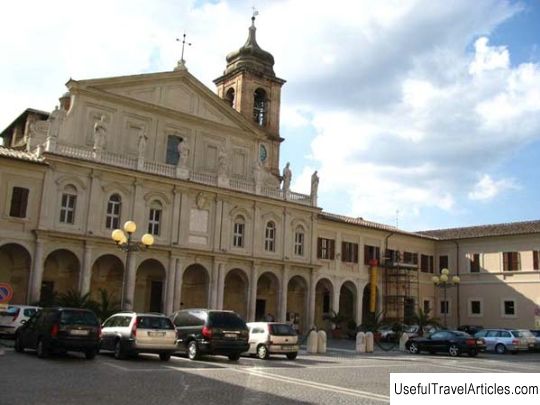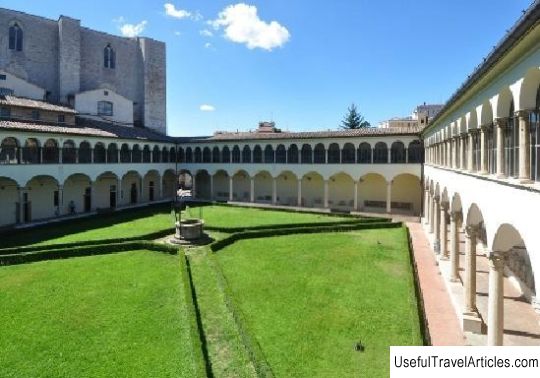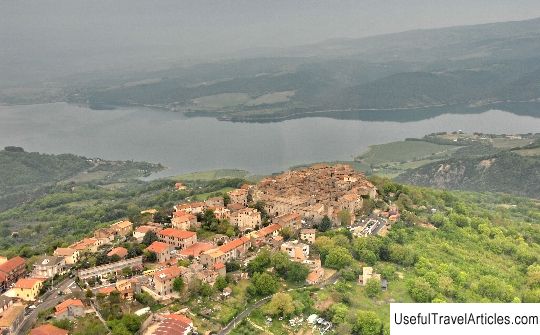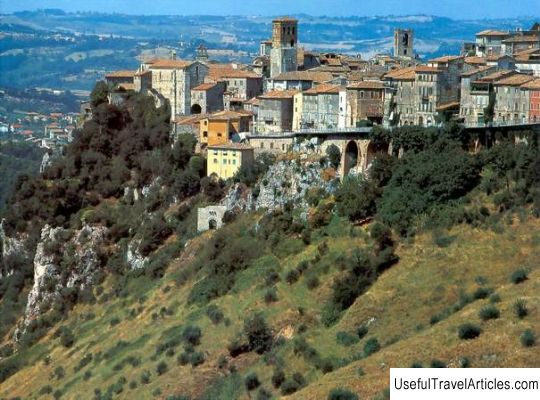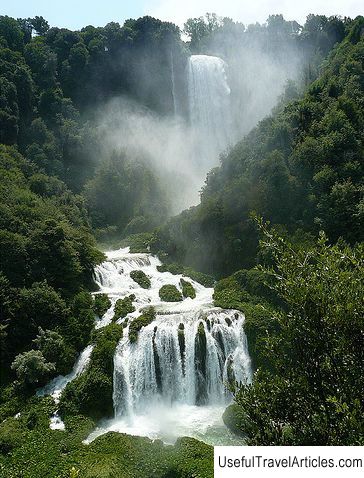Carsulae description and photos - Italy: Umbria
Rating: 8,9/10 (2180 votes) 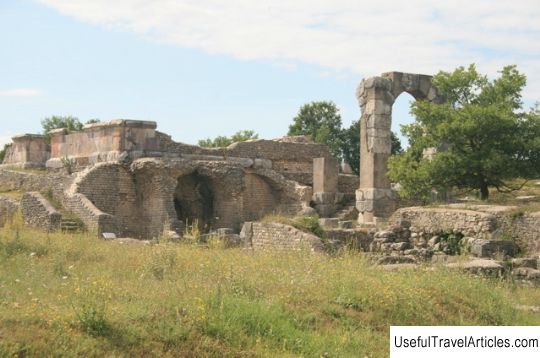
Carsulae description and photos - Italy: Umbria. Detailed information about the attraction. Description, photographs and a map showing the nearest significant objects. The name in English is Carsulae. Photo and descriptionKarsulae is an archaeological site in Umbria, one of the most important in Italy. It is located 4 km north of the small town of San Gemini in the province of Terni. The village of Monteastrilli is located very close to Karsulae. Most historians date the foundation of Karsulay to 300 BC, although its transformation into a major city took place only after the construction of the ancient Roman road Via Flaminia in 220-219 BC. Before that, the settlement was probably a resting place and a water refueling point for travelers, merchants and soldiers. The western branch of Via Flaminia ran along a hilly plateau at the foot of the Martani mountain range - this area has been densely populated since the middle of the Bronze Age. And the eastern branch connected the cities of Narni and Terni and ended in Foligno, where it merged with the eastern branch. During the reign of Emperor Augustus, Karsulay became a major Roman city: it was then that the amphitheater, most of the forum and the marble Arch of Trajan, now known as the Arch of San Damiano, were built. In the vicinity, agriculture developed rapidly, which brought prosperity and wealth to the city. Numerous "tourists" came to Karsulai from Rome itself, who were attracted here by pastoral landscapes, mineral thermal baths, theaters, temples and other public institutions. However, while other cities that stood on Via Flaminia continue to exist to this day, only ruins remained from Karsulay - the city was abandoned and could not be restored. The only building that was built here in the early Christian era in the 4th or 5th century is the Church of San Damiano, located at the southern entrance to the city. The church was built for a small monastic community on the ruins of an ancient Roman building. For centuries Karsulay was used as a quarry, from which they took building materials for the construction of houses in Spoleto and Cesi. It is still not known for certain why the city was abandoned. Perhaps it was destroyed during an earthquake, or maybe the whole point is that the busy trade routes moved to the eastern branch of Via Flaminia, and the city lost its significance. The first archaeological excavations were carried out in Karsulai in the 16th century at the initiative of Duke Federico Cesi, then, in the 17th century, work continued under the leadership of Pope Pius VI himself. But only in 1951, a thorough study of the territory and documentation of the discovered finds began. Today, here you can see a lot of evidence of a bygone era. Fragments of the ancient Via Flaminia road, Roman baths, a cistern in which drinking water was stored have survived. Once upon a time there were two temples, called "twin temples" and dedicated to two unknown Roman deities - only ruins remain of them. The Forum, which was the city's main square, was built around the basilica, from which a rectangular interior, a central nave and two side chapels, separated by rows of columns, have survived. To the east of Via Flaminia, in the hollow, you can see an amphitheater built of limestone and brick. The aforementioned Arch of Trajan, which today is called the Arch of San Damiano, originally consisted of three marble arches, of which only the central one has survived. It once stood at the northern entrance in Karsulai. Among the ancient ruins, it is worth highlighting gravestones, one of which probably belonged to the noble family of the Furia. The nameplate from this tombstone is now kept in the museum in Palazzo Cesi in the town of Aquasparta. Finally, you should definitely see the Church of San Damiano, erected in the early Christian era on the ruins of an ancient Roman building, the purpose of which remains unclear. Fragments of this building are still visible on the south side of the church. In the 11th century, a portico and two inner colonnades were added to San Damiano.          We also recommend reading Roskilde Museum description and photos - Denmark: Roskilde Topic: Carsulae description and photos - Italy: Umbria. |
